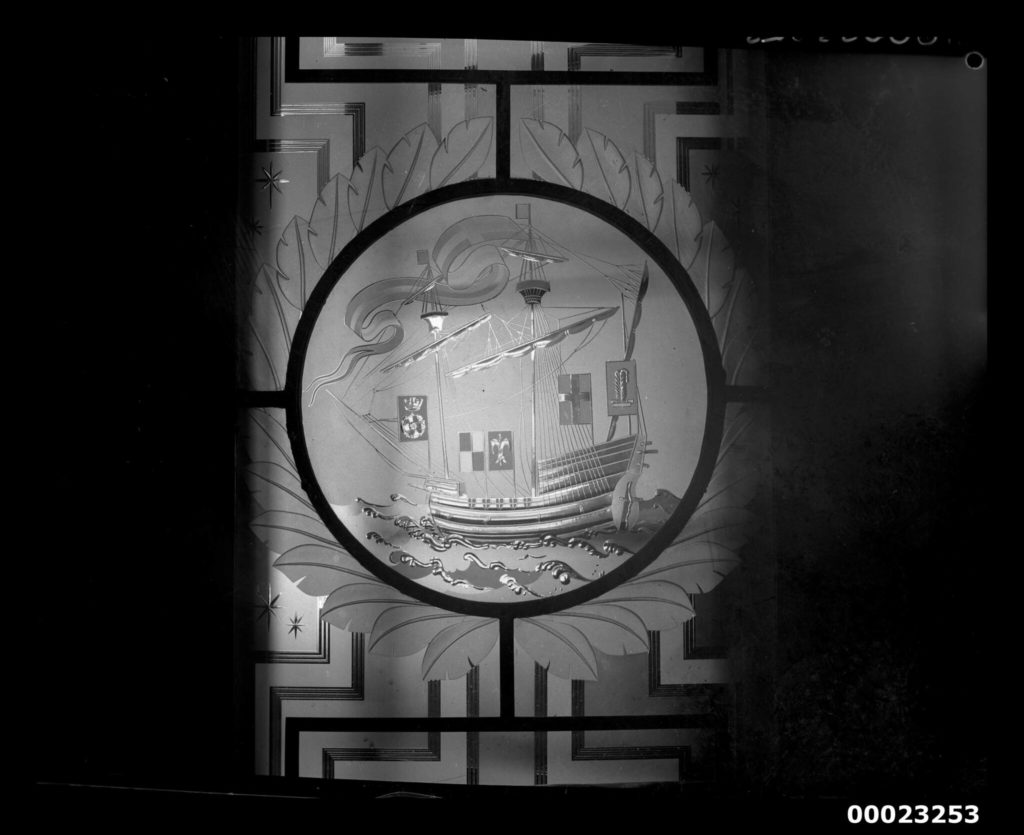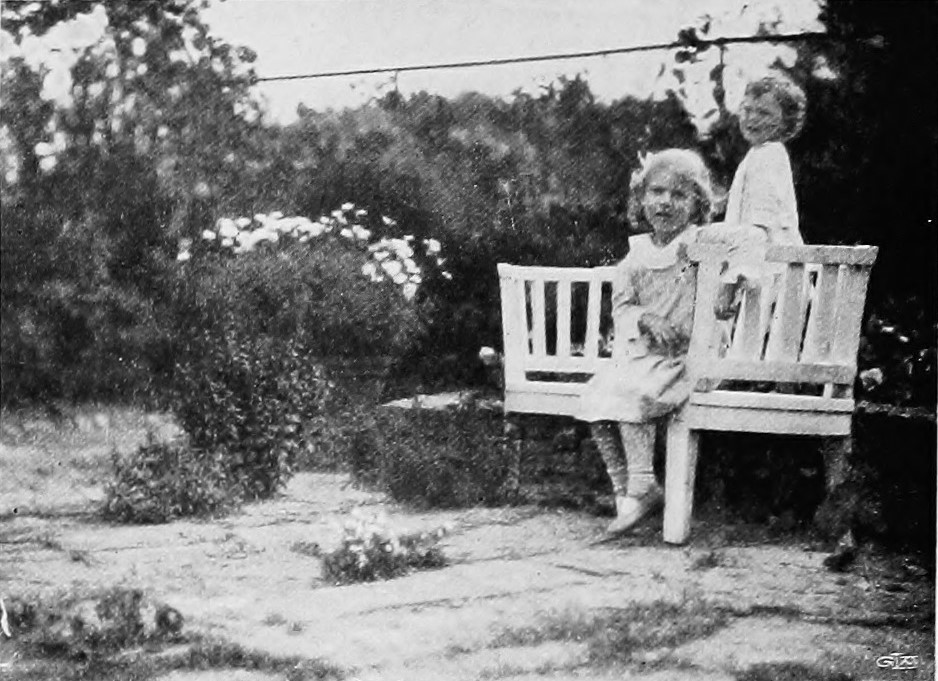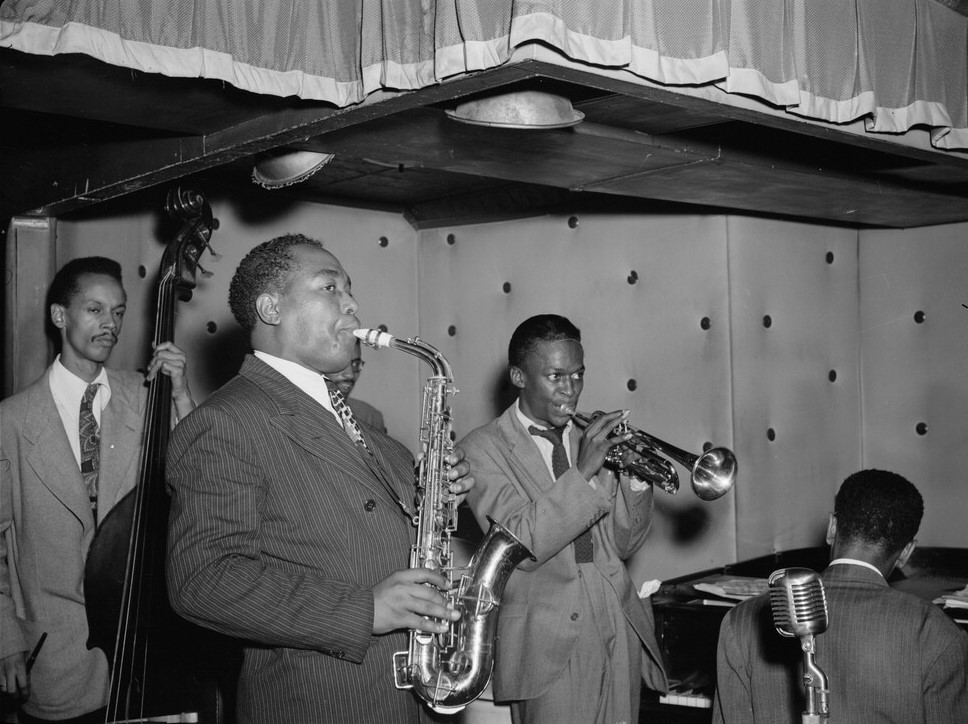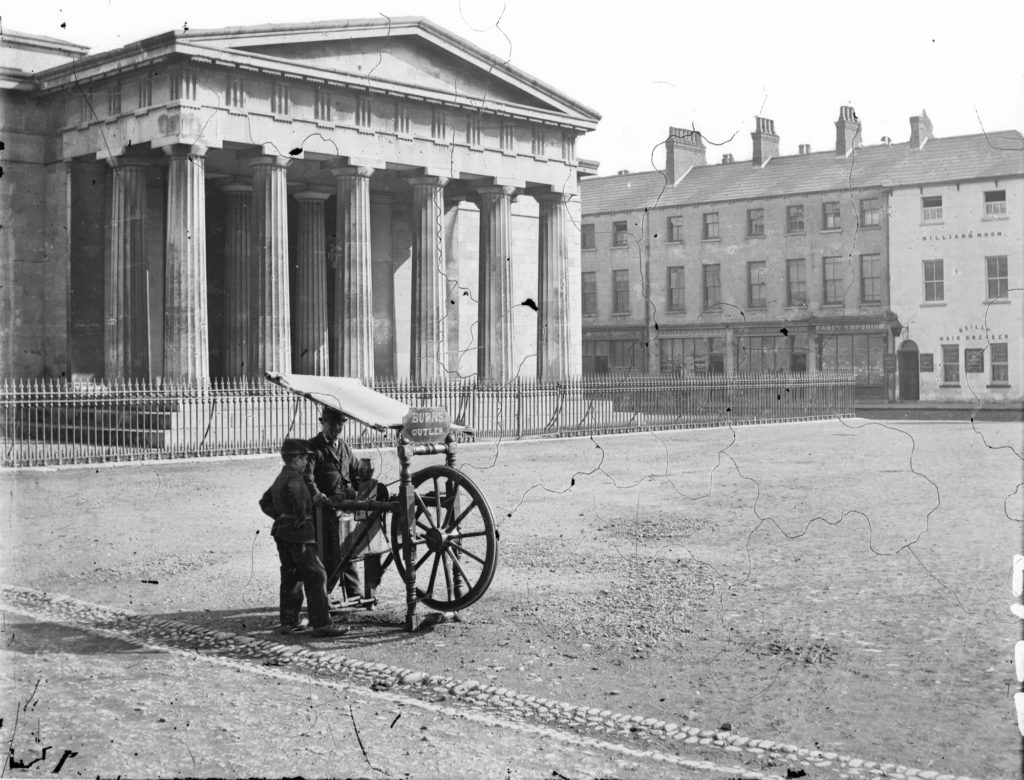I drafted this series of OPM.0’s to test the newsletter concept before making a public commitment. I needed to verify that the newsletter wouldn’t be a major commitment beyond what I had been spending on the blog. It seems doable, though I may need to reassess after I return to the office and lose five hours a week to the commute.
Heading back thru time
In testing the newsletter concept, I went through my archives over the first half of 2021. Fortunately, blogs are built for exactly that sort of leisurely activity.
Unfortunately the real world is not so accommodating. In private practice, it was hard to keep up with the onslaught of deadlines and follow up projects. Since I wasn’t in management, I was never briefed on the financial performance of our projects. More importantly, we rarely had time to analyze our process and examine lessons learned, much less conduct post occupancy reviews after the building was long completed.
Theoretically, life in the government could give us a little more time to explore such things, but frankly the world moves too fast for such luxuries. As soon as one project is completed, the new batch of legislatively approved projects are placed on our desks.
Assuming that there is value in learning from the past, there must be a way to solve this problem. I haven’t tried to crack this nut just yet, but to speculate I’d guess that involve a regular practice of taking careful notes paired with and formal reviews. The notetaking must be systematic and extremely easy (to avoid losing the thought). The formal reviews would force one to analyze the raw data at regular intervals and provide an opportunity to immediately disseminate the information to colleagues so they can learn vicariously.
Maybe this will be the project within the project for my next big project.
~
Do you have any systematic practices to learn from the past?
Hit Reply and lets chat!
~
My OPM notes from May
I’m a huge fan of Seth Godin, even though I wasn’t overwhelmed with his most recent book, The Practice. Even so, it still comes highly recommended, even if I don’t think it is absolutely mindblowing like his masterpieces The Dip and Linchpin.
I wrote this the morning before our first punch walk for Substantial Completion. There were some jitters before the big event, but as I predicted, life kept moving forward.
This is not exactly OPM related, however this may be my most influential read of the year. So I must shout out the Bed of Procrustes by Nassim Nicholas Taleb.
This month’s posts ended up being very book centric. Death by Meeting isn’t a “must read classic,” but it is worth reading for anyone searching for ideas on optimizing meetings.
One from the Archives
At my last firm in private practice, I instituted a post-mortem meeting with my architect-interns after every major deliverable. It worked really well for my team, however I haven’t been completely satisfied with how it has worked with my architect consultants as an OPM, partly because it is unreasonable expect that I will get the unvarnished truth when they are concerned that their next project might be at risk. As such, I need to lean hard into making notetaking super easy and to enshrine a regular practice of intermediate reviews for self reflection.
… and a public domain photo.




